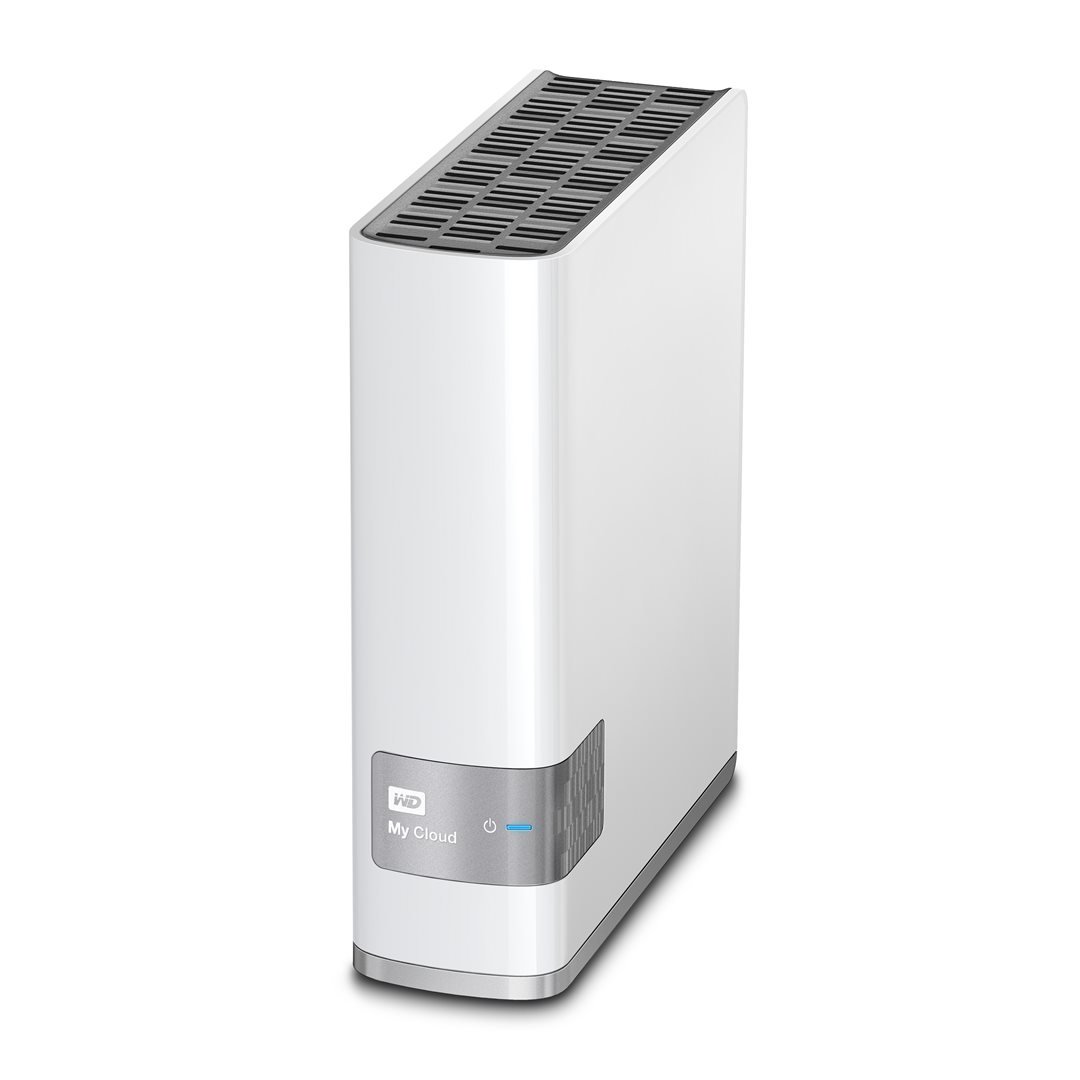

/15-Best-Free-Cloud-Storage-Services-for-Backup-in-2019-1356638-final-7a3ee9a115e04a50a19465ed8441cc65.png)
Drag and drop the important files from your computer onto these drives before storing them in a safe place. If you don't have a lot of files, pick up one or two inexpensive USB thumb drives (aka “jump drives,” “flash drives” or “USB sticks”) or SD memory cards – with, say, 16 or 32 gigabytes. Remember, you’ll need an internet connection to access your files. You’re essentially renting space.Īpple’s iCloud+, for example, costs $0.99/month for 50GB, $2.99/month for 200GB and $9.99/month for 2TB. This can add up, and once you stop paying, you’re without your own files. Though certainly convenient, cloud services give you only a few gigabytes for free therefore, you’re left with paying a monthly subscription for a company to store your files. THE RIGHT STORAGE: Apple, Google or Microsoft? How to match cloud storage to your computers – and cut costs


 0 kommentar(er)
0 kommentar(er)
